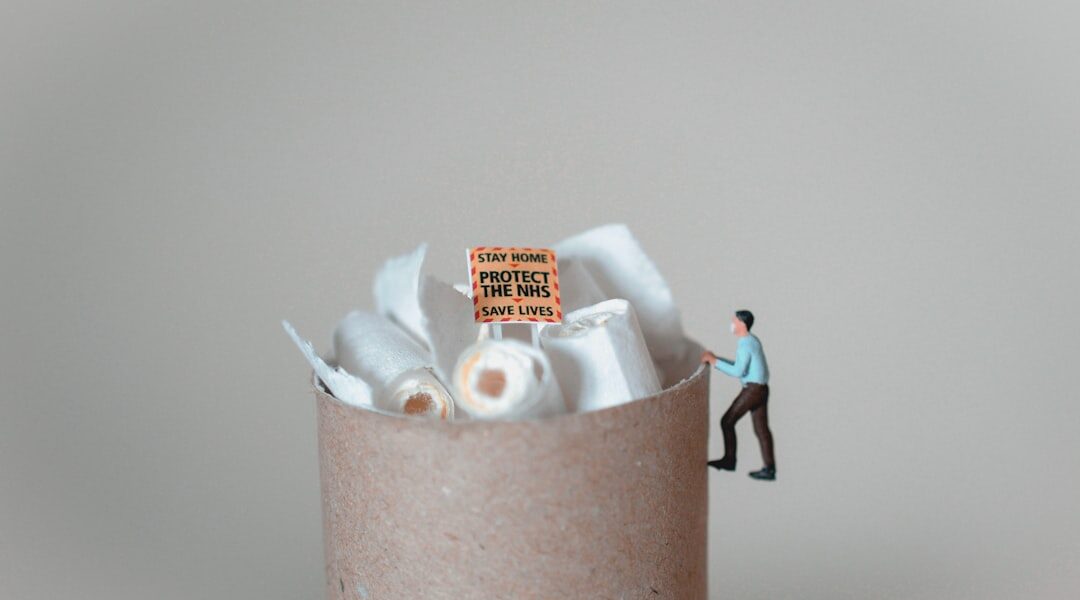Baby swordfish, or juvenile swordfish, are the offspring of the large predatory fish species Xiphias gladius. These young fish are born in open ocean environments, typically in warm, tropical waters. As they develop, baby swordfish gradually acquire the distinctive features of adult swordfish, including their elongated, sword-like bill and streamlined body shape.
Juvenile swordfish play an important role in marine ecosystems as both predators and prey. They feed on smaller fish and squid, while also serving as a food source for larger predators. As they grow, their diet expands to include larger prey items.
The early life stages of swordfish are a subject of ongoing scientific research, as there is still much to learn about their behavior, growth rates, and survival strategies in the wild. Conservation efforts focus on protecting swordfish populations, including juveniles, from overfishing and habitat degradation. Swordfish are a commercially valuable species, and sustainable management practices are crucial for maintaining healthy populations.
Scientists and fisheries managers use data on juvenile swordfish to inform conservation strategies and fishing regulations.
Key Takeaways
- Baby swordfish, also known as fry, are the early life stage of the swordfish species.
- Baby swordfish hatch from eggs and undergo a rapid growth phase, reaching maturity in a few years.
- Baby swordfish feed on small fish, squid, and crustaceans, and their diet changes as they grow.
- Predators of baby swordfish include larger fish, sharks, and marine mammals, while threats include overfishing and bycatch.
- Conservation efforts for baby swordfish include regulations on fishing practices and efforts to reduce bycatch, as well as research on their population and habitat.
Life Cycle and Growth of Baby Swordfish
Spawning and Hatching
The life cycle of baby swordfish begins with the spawning of adult swordfish in the open ocean. Female swordfish release millions of eggs into the water, which are then fertilized by male swordfish. These eggs hatch into larvae, which are tiny and transparent, making them difficult to spot in the vast expanse of the ocean.
Growth and Development
The larvae spend their early days drifting with the currents, feeding on plankton and small fish until they grow large enough to begin hunting for larger prey. As they mature, baby swordfish undergo a remarkable transformation, developing their iconic sword-like bills and growing into powerful predators of the sea. The growth of baby swordfish is a marvel of nature, as they can reach impressive sizes in a relatively short amount of time.
Rapid Growth and Vulnerability
In just a few years, baby swordfish can grow to be several feet long and weigh hundreds of pounds, making them one of the fastest-growing fish in the ocean. This rapid growth is essential for their survival, as it allows them to reach maturity quickly and reproduce, ensuring the continuation of their species. However, this rapid growth also makes them vulnerable to overfishing, as they are often targeted by commercial fisheries before they have had a chance to reach adulthood.
Conservation and Protection
Understanding the life cycle and growth of baby swordfish is crucial for their conservation and protection in the wild.
Feeding Habits and Diet of Baby Swordfish

Baby swordfish are formidable predators with a voracious appetite for a wide variety of prey. Their diet consists mainly of small fish, squid, and crustaceans, which they hunt using their lightning-fast speed and sharp bills. Baby swordfish are known for their impressive hunting skills, using their keen eyesight and powerful bodies to catch their prey with precision and agility.
They are also capable of diving to great depths in search of food, making them versatile and adaptable hunters in the open ocean. The feeding habits of baby swordfish play a crucial role in maintaining the balance of marine life in their ecosystem. As top predators, they help control the population of smaller fish and maintain the health of the ocean food chain.
Their presence also indicates a healthy and thriving marine environment, as they rely on abundant prey to sustain their rapid growth and development. However, the availability of prey can fluctuate due to environmental changes and human activities such as overfishing, which can impact the feeding habits and survival of baby swordfish. Understanding their diet and feeding habits is essential for protecting these young fish and ensuring their continued presence in the ocean.
Predators and Threats to Baby Swordfish
| Predator/Threat | Description |
|---|---|
| Large Fish | Adult swordfish, sharks, and other large fish are predators of baby swordfish. |
| Marine Mammals | Dolphins, seals, and whales may prey on baby swordfish. |
| Overfishing | Human overfishing can deplete the swordfish population, threatening the survival of baby swordfish. |
| Plastic Pollution | Plastic debris in the ocean can harm and kill baby swordfish, affecting their population. |
Despite their impressive size and hunting skills, baby swordfish are not without their own predators in the ocean. Larger fish such as sharks and marlin are known to prey on baby swordfish, using their speed and agility to catch them in open waters. Additionally, seabirds and marine mammals such as dolphins and seals may also target baby swordfish as part of their diet.
These natural predators play a role in controlling the population of baby swordfish and maintaining a healthy balance in the ocean ecosystem. In addition to natural predators, baby swordfish also face threats from human activities such as commercial fishing and habitat destruction. The demand for swordfish meat and fins has led to overfishing of this species, resulting in a decline in their population numbers.
Bycatch from commercial fishing operations also poses a significant threat to baby swordfish, as they can become entangled in fishing gear or accidentally caught while targeting other species. Pollution and climate change further exacerbate these threats, impacting the availability of prey and disrupting the natural habitat of baby swordfish. Conservation efforts are crucial for addressing these threats and ensuring the survival of baby swordfish in the wild.
Conservation Efforts for Baby Swordfish
Conservation efforts for baby swordfish are essential for protecting this vulnerable species and ensuring their continued presence in the ocean. One of the key strategies for conservation is implementing sustainable fishing practices that minimize bycatch and protect juvenile swordfish from being caught before they have had a chance to reach maturity. This includes using selective fishing gear and implementing regulations that limit the size and number of swordfish that can be caught by commercial fisheries.
By promoting responsible fishing practices, we can help safeguard the future of baby swordfish and prevent further declines in their population. In addition to sustainable fishing practices, habitat protection is also crucial for the conservation of baby swordfish. Preserving their natural breeding grounds and migration routes ensures that these young fish have access to suitable habitats for feeding and reproduction.
Marine protected areas can provide safe havens for baby swordfish to grow and thrive without the threat of human interference. These protected areas also benefit other marine species and contribute to the overall health of the ocean ecosystem. Collaborative efforts between governments, conservation organizations, and local communities are essential for establishing and managing these protected areas effectively.
Interesting Facts about Baby Swordfish

Speed Demons of the Sea
Despite their small size, baby swordfish are incredibly fast swimmers, capable of reaching speeds of up to 60 miles per hour as they hunt for prey in open waters. Their distinctive bill, which resembles a sword, is used not only for hunting but also for defense against predators.
Migratory Marvels
Baby swordfish are also known for their migratory behavior, traveling long distances across oceans in search of food and suitable breeding grounds. Another interesting fact about baby swordfish is their ability to regulate their body temperature, allowing them to thrive in a wide range of ocean temperatures. This thermoregulation enables them to adapt to different environments and survive in both tropical and temperate waters.
Social Butterflies of the Ocean
Baby swordfish are also highly social animals, often forming schools with other young fish for protection and hunting purposes. These social interactions play an important role in their development and survival in the wild.
The Future of Baby Swordfish in the Ocean
The future of baby swordfish in the ocean depends on our collective efforts to protect and conserve this remarkable species. By understanding their life cycle, feeding habits, predators, and threats, we can develop effective conservation strategies that promote their long-term survival. Sustainable fishing practices, habitat protection, and collaborative management of marine resources are essential for ensuring that baby swordfish continue to thrive in the wild.
As individuals, we can also contribute to the conservation of baby swordfish by supporting sustainable seafood choices and advocating for responsible fishing practices. By raising awareness about the importance of protecting baby swordfish and other marine species, we can inspire positive change and encourage others to take action for the health of our oceans. With dedication and commitment to conservation efforts, we can secure a bright future for baby swordfish and preserve their place in the rich tapestry of marine life.
If you’re interested in learning more about baby swordfish, you should check out this article on metricsgoddess.com. This website provides valuable information on the life cycle and development of baby swordfish, as well as the conservation efforts being made to protect this species. It’s a great resource for anyone looking to expand their knowledge on these fascinating creatures.
FAQs
What is a baby swordfish?
A baby swordfish, also known as a juvenile swordfish, is a young swordfish that has not yet reached full maturity.
How big are baby swordfish?
Baby swordfish typically range in size from 2 to 4 feet in length.
What do baby swordfish eat?
Baby swordfish feed on a diet of small fish, squid, and crustaceans.
Where are baby swordfish found?
Baby swordfish are found in the open ocean, often near the surface, and can be found in both tropical and temperate waters worldwide.
How long does it take for a baby swordfish to reach maturity?
It takes approximately 4 to 5 years for a baby swordfish to reach full maturity and reach their adult size.




